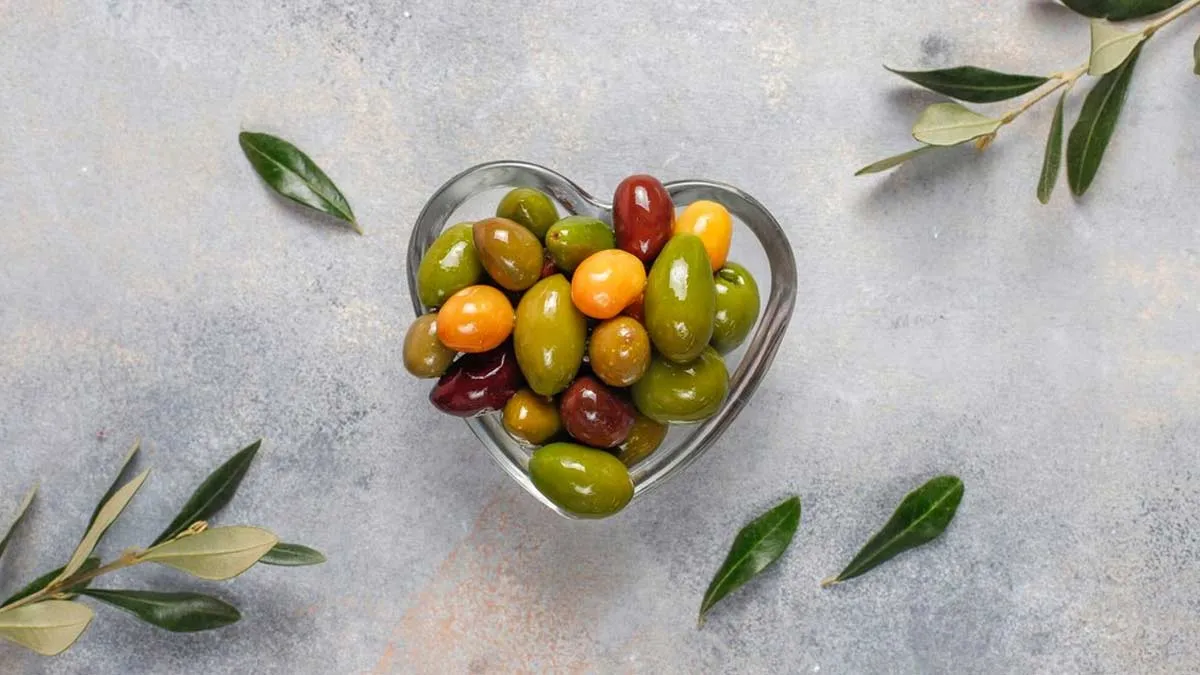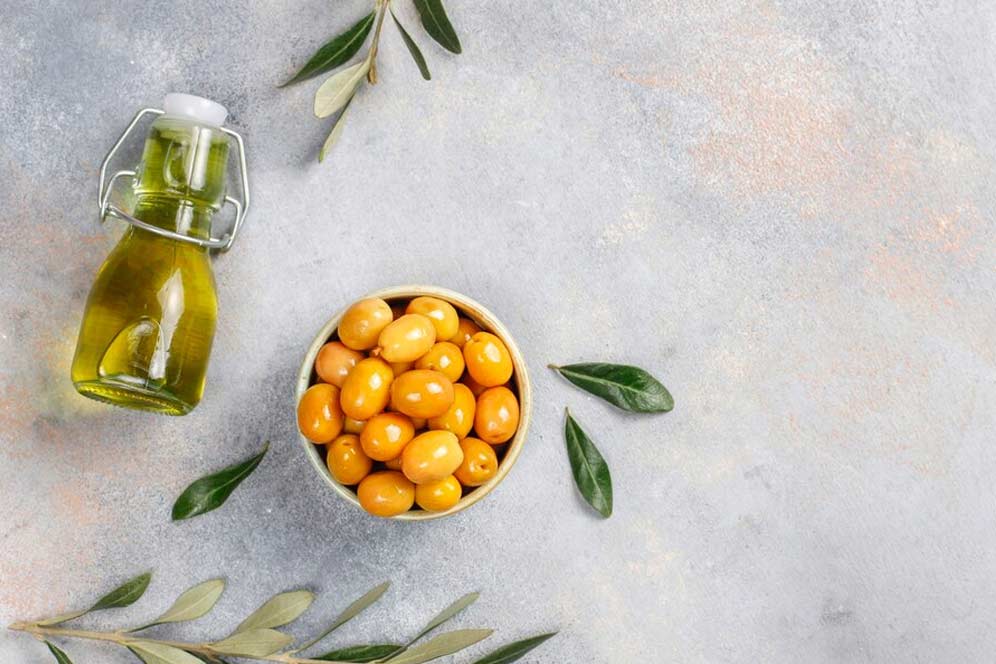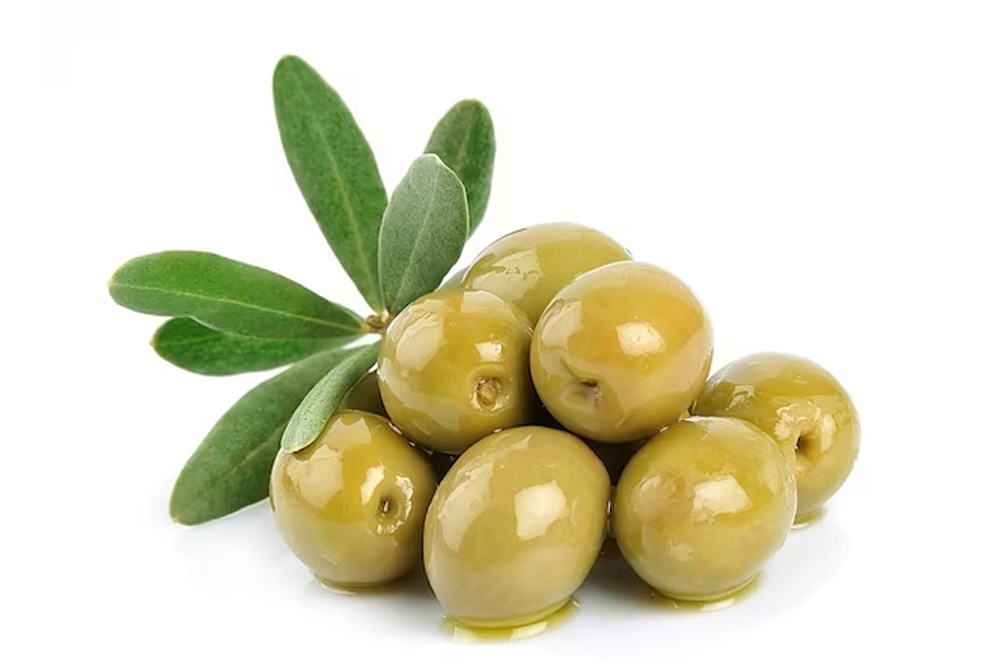
10 Steps To Grow Olive Plant At Home: A Beginner's Guide
Indulge in a rewarding experience and infuse your living space with a touch of exotic charm this season by growing an olive tree in your home garden. While it may seem challenging, with the right care and attention, you can successfully grow this resilient plant and even reap the fruits of your labour. Below, we’ve compiled a detailed guide on how to grow an olive plant at home.
How To Grow Olive Plant At Home
While it takes time for the olive tree to mature, here’s a detailed guide on how to grow an olive plant at home from seed:
1. Select the Right Olive Seeds
Choose quality seeds: You can either collect seeds from olives you’ve eaten or buy them from a nursery or online store. For the best results, choose seeds from ripe, organic olives, as they have the potential to produce strong and healthy plants.
2. Prepare the Olive Seed
- Remove the pit: After harvesting the olives, remove the pit (the seed inside the fruit). You’ll need to carefully cut the fruit away from the pit.
- Clean the pit: Rinse the olive pit under running water to remove any flesh or pulp. Let it dry out completely for a few days in a warm, dry place.
- Scarify the seed (optional): Olive seeds have a hard shell, which can make germination difficult. To increase the chances of successful germination, gently sand or file the seed to break the outer layer, but don’t go too deep—just enough to scar the surface.
3. Soak the Seed
Pre-soak the seed: Before planting, soak the olive seed in water for 24-48 hours. This step helps soften the hard shell and promotes quicker germination.

4. Prepare the Pot and Soil
- Choose a pot: Pick a small pot with drainage holes. A 4-6 inch pot should be sufficient for the seedling’s early growth.
- Use well-draining soil: Fill the pot with a light, well-draining soil mix. A cactus or succulent soil mix works well, as it mimics the natural environment of olive trees. Alternatively, you can create your own by mixing potting soil with sand or perlite to improve drainage.
Don't Miss: How To Grow Spider Plant At Home: 7-Step Guide For Beginners
5. Plant the Seed
Plant the seed: Place the soaked seed about 1-2 inches deep into the soil. Cover it lightly with soil and gently press down. Make sure not to bury the seed too deep, as it may struggle to sprout.
6. Watering the Seed
- Water carefully: After planting, water the seed lightly to settle the soil around it. Keep the soil moist but not soggy. Olive seeds do not like standing water, so ensure the pot has proper drainage.
- Maintain humidity: If you live in a dry area, place a plastic cover or clear plastic bag over the pot to help maintain humidity, which will aid germination. Ensure there’s ventilation to prevent mould.
7. Germination and Temperature
Warm environment: Place the pot in a warm location with temperatures between 60-75°F (15-24°C). Olive seeds take time to germinate, usually anywhere from 1-3 months. Be patient and keep the soil moist during this period.
8. Transplanting the Seedling
Wait for germination: Once the seed germinates, and you see the small seedling poking through the soil, remove the plastic cover (if used) and place the pot in a sunny spot.
9. Growing and Care
- Sunlight: As your olive tree seedling grows, it will need at least 6-8 hours of sunlight daily. Place it by a south- or west-facing window, or outdoors in a sunny spot once the plant is strong enough.
- Watering: Keep the soil slightly dry between waterings. Olive trees are drought-tolerant, so avoid overwatering. The soil should be well-drained but not too dry for the plant to thrive.
- Pruning: As the tree grows, prune any weak or damaged branches to promote healthy growth and shape the tree.
10. Transplant to a Larger Pot
Repotting: Once your olive tree has outgrown its pot (typically after 6-12 months), transplant it into a larger pot. Olive trees need ample space for their roots to spread, so choose a pot that’s 1-2 inches larger in diameter than the current one.
Tips To Take Care Of Your Olive Plant At Home
We got in touch with Swaminathan, a local gardener from a nursery in Dwarka who told us some tips on how to to take care of an olive plant:

- Get dwarf varieties like 'Arbequina' or 'Frantoio', which can easily grow in a container. Make sure your plant is healthy, with vibrant green leaves, and absolutely pest and disease-free.
- A well-drained pot with drainage holes is a must to prevent root rot. Don't forget to give all the Mediterranean touch to the plant, to do so, get your hands on the sandy and fast-draining potting mixes specifically formulated for citrus trees or cacti and succulents.
- To keep your plant growing, repot your olive tree every two to three years into a slightly larger pot.
- A minimum of 6 hours of direct sunlight in a day is a must to flourish your olive plant. So, place it in a south-facing window. Maintain a temperature of 18-24°C.
- Olive trees can easily tolerate drought. So water it only when the top inch of soil feels dry to the touch. Overwatering, can rot the roots.
- Always fertilise your plant during spring and summer with a balanced liquid fertiliser diluted to half strength.
- Prune your olive tree in late winter or early spring to give your tree a perfect shape and help in fruit production.
- Keep an eye out for common pests like scale insects and mealybugs. Proper drainage is important to avoid overwatering and fungal diseases.
- To grow this Mediterranean gem in your own home you need to give consistent care and attention to your plant.
Don't Miss: How To Grow Lily Plant At Home: A Simple Guide For Beginners
Keep reading Herzindagi for more such stories.
Credits: Freepik
Also watch this video
Herzindagi video